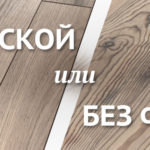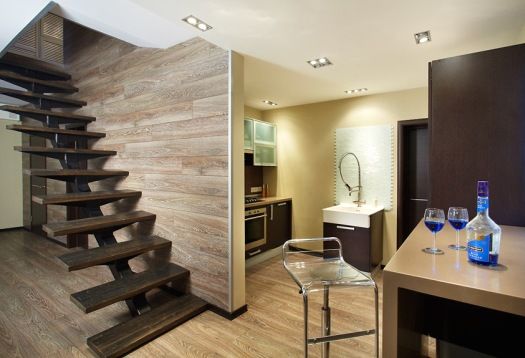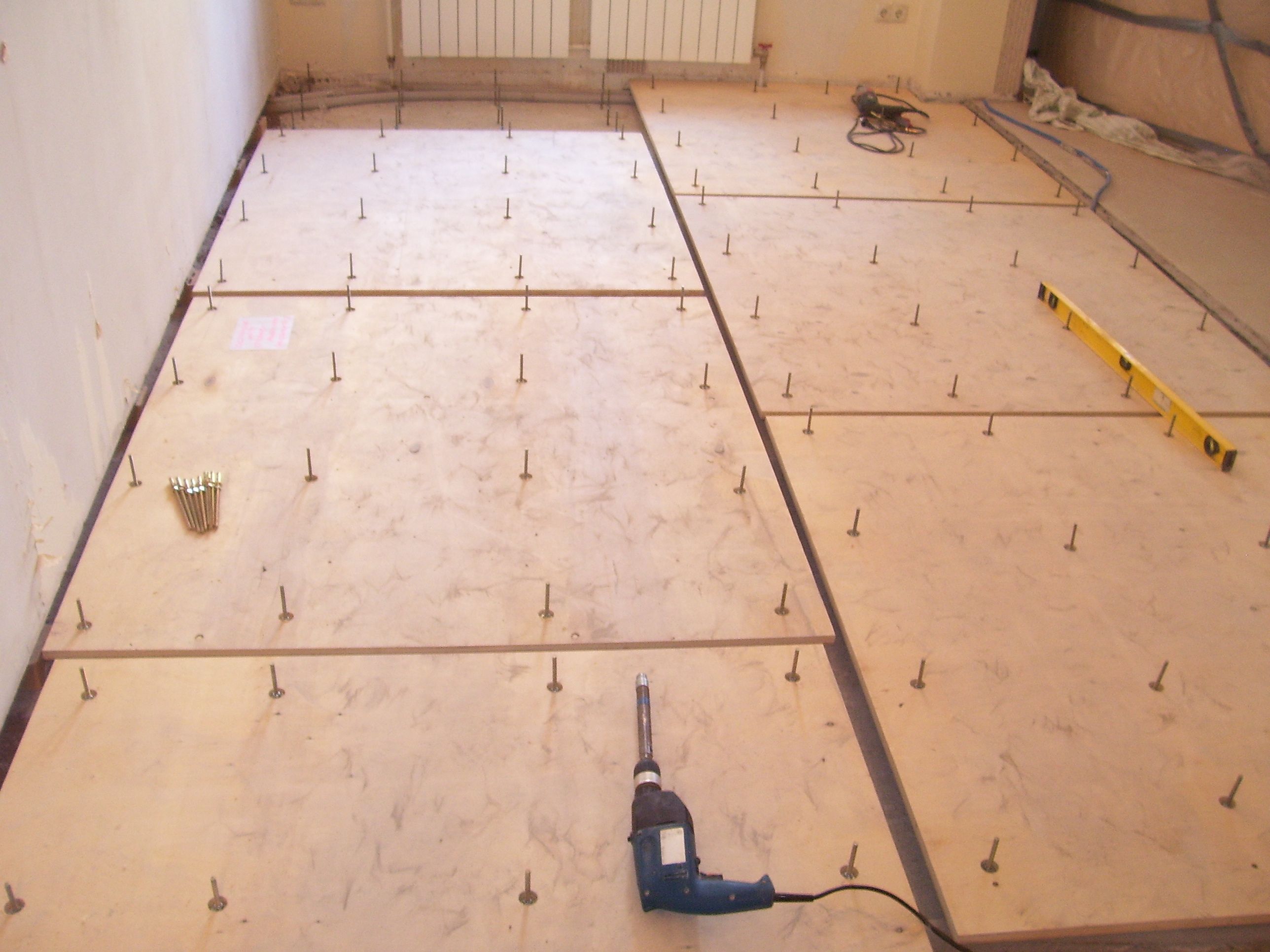Laminate with and without chamfer - the difference
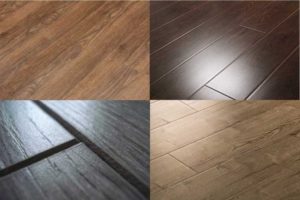 High-quality and properly selected flooring plays an important role in the interior of any apartment. The right choice and professional installation provide an attractive appearance and a guarantee of long-term, convenient operation. Currently, laminate flooring is widely used. These are high-density wood-fiber boards covered with a decorative and durable film. Their popularity is explained by a large selection of colors and patterns, the ability to select the required wear resistance, ease of installation and affordable price.
High-quality and properly selected flooring plays an important role in the interior of any apartment. The right choice and professional installation provide an attractive appearance and a guarantee of long-term, convenient operation. Currently, laminate flooring is widely used. These are high-density wood-fiber boards covered with a decorative and durable film. Their popularity is explained by a large selection of colors and patterns, the ability to select the required wear resistance, ease of installation and affordable price.
The content of the article
What is a chamfer on a laminate and what types does it come in?
A high-quality laminate coating forms a perfectly smooth surface, which is typical for artificial materials. This is achieved due to the technology of their creation, which allows us to produce panels of impeccable geometric dimensions. In contrast, it is not possible to create a perfectly smooth coating from natural boards due to the appearance of small cracks between the floorboards due to drying out.
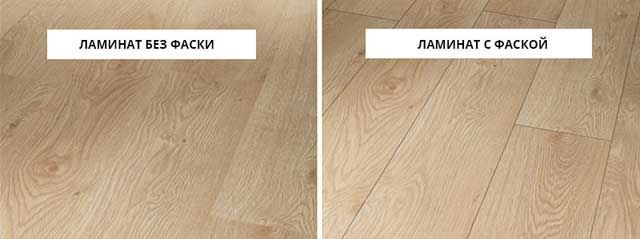
To solve this problem, they began to make a chamfer, i.e. a slightly beveled edge, which hides unevenness of the side surfaces associated with defects in the processing of natural solid wood, and also prevents the formation of chips along the edges under load. This edge processing technology eventually began to be used in the production of laminate, but for decorative purposes.
Such panels create a floor covering that is visually indistinguishable from natural materials. Additionally, the chamfer allows you to hide the cracks that arise due to loosening of the locks, and maintain the appearance of the coating for a long time, like new.
ATTENTION! This design feature makes the small difference in height of adjacent panels, which is formed due to unevenness of the base, invisible. At the same time, the production of panels without edge processing has been preserved and their cost is lower than with processing.
Types of chamfers
Chamfers can be:
- double-sided, i.e. passing along two long sides of the slab;
- four-sided - around the entire perimeter.
The first, with standard panel sizes, allow you to create an imitation of a floorboard. A good result is obtained by carefully selecting the pattern at the end joints, which is achieved by sorting through all the available panels, which is very labor-intensive and time-consuming. This fabric allows you to achieve the visual effect of increasing length. Secondly, with a narrow laminate size, they make it look like parquet and contribute to the visual expansion of the room.
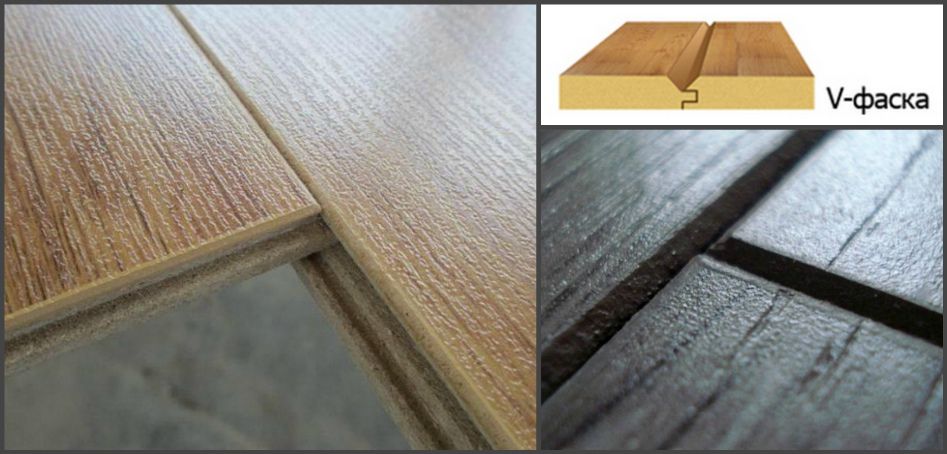
In appearance, chamfers are:
- V-shaped with a depth of up to 3.5 mm - made by milling the edge and then grinding it;
- U-shaped, up to 2 mm deep, made by rolling.
The first technology is more often used on natural materials, the second on artificial panels. An edge treated in this way receives additional compaction and, consequently, strength. Most often, the chamfer is made on a laminate with a wood pattern.
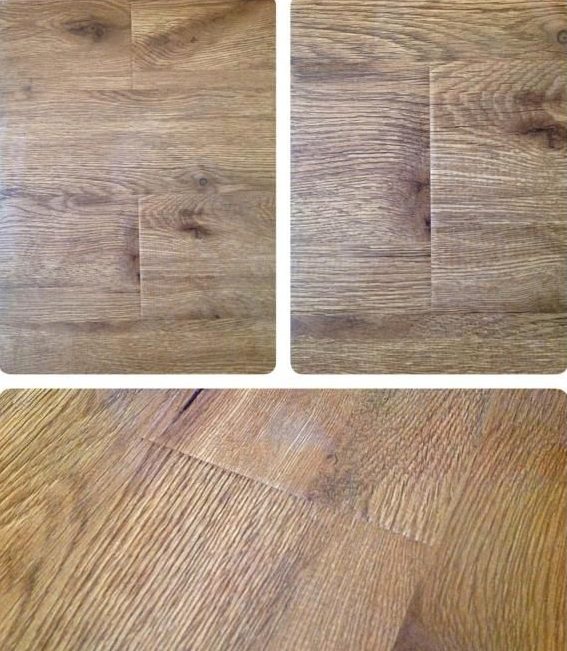
Features of using chamfered laminate
Users may be concerned that dirt and debris will accumulate in the chamfer during use of flooring made from edge-treated panels. If the edge has a high-quality coating, then there will be no problems with cleaning, given the shallow depth.
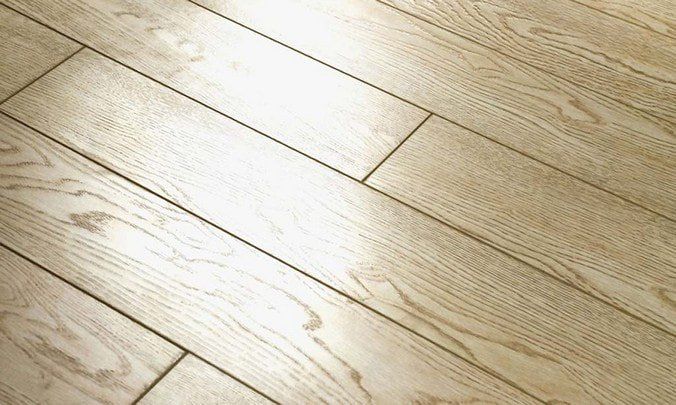
ATTENTION! It is not recommended to use chamfered laminate in wet rooms. However, if the panel is dense, with the required resin content, has locks that ensure good edge contact and prevent water penetration, and all open areas are covered with water-repellent materials, then there is no difference between the types of laminate - with or without a chamfer.
It is also believed that due to the processing of the edges, the panel becomes more fragile and under load, it is possible to deform and chip. Here it is necessary to take into account that the depth of the chamfer is small and it is done on panels with a thickness of 8 to 12 mm, and rolling, on the contrary, increases its density and, accordingly, strength. Therefore, edge processing does not affect the reliability of the laminate.
The requirements for preparing the base and using substrates when laying panels with a chamfer are the same as when using a coating without it. The installation technology, execution speed, quality and labor intensity are not affected by the presence of a processed edge.
ATTENTION! Not all manufacturers' panels have the specified characteristics. If, when making an edge, careful grinding is not used and ordinary dye is used instead of a waterproof coating, then this significantly affects its wear resistance and durability. Therefore, when choosing a laminate, you must pay attention to its quality.The price of such products will naturally be higher, but this will be compensated by the durability and ease of use. Quality problems are observed among Chinese manufacturers, although their products are not inferior in appearance to their European counterparts.
Taking into account the above, we can formulate a brief conclusion on the selection of laminate. If you need to make a floor covering that resembles natural solid wood in appearance, but at a significantly lower price, you should use high-quality panels with processed edges. If there is no such goal, then use regular laminate - it is distinguished by its quality and reliability and is also affordable.



